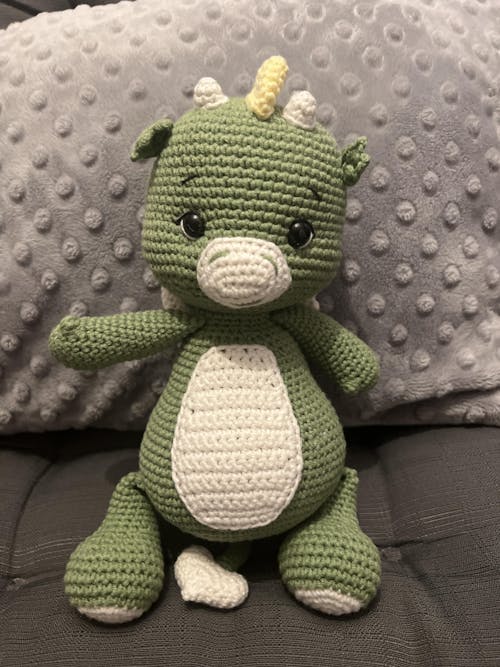The Importance of EN71 Certification for Crochet Toys in the EU
Share
Introduction
EN71 certification is crucial for ensuring the safety and compliance of crochet toys sold within the European Union (EU). This certification signifies that your products meet stringent safety standards, protecting children from potential hazards associated with toys. This blog post will explore why EN71 certification is essential for crochet toys and how you can achieve it.
Why EN71 Certification Matters
1. Legal Requirement
- Mandatory: EN71 certification is mandatory for all toys sold within the EU, including crochet toys. It ensures compliance with the EU Toy Safety Directive (2009/48/EC), which sets out essential safety requirements for toys.
- CE Marking: Crochet toys must bear the CE mark to indicate conformity with EN71 standards, allowing them to be legally sold and distributed across the EU market.
2. Ensuring Safety
- Child Safety: EN71 standards cover various aspects of toy safety, including mechanical properties, flammability, chemical composition (e.g., restrictions on harmful substances like lead and phthalates), and more.
- Choking Hazards: Crochet toys must be designed and constructed to minimize risks such as choking hazards from small parts or entanglement risks from yarn.
3. Consumer Confidence
- Trust and Assurance: Displaying the CE mark and having EN71 certification reassures consumers that your crochet toys have undergone rigorous testing and comply with strict safety standards.
- Market Access: Compliance with EN71 facilitates access to the EU market, enhancing opportunities for sales and distribution within member states.
Steps to Obtain EN71 Certification for Crochet Toys
1. Understand EN71 Standards
- EN 71-1: Mechanical and physical properties, including requirements for small parts, sharp edges, and durability.
- EN 71-2: Flammability testing to ensure toys do not pose fire hazards.
- EN 71-3: Migration of certain elements, testing for harmful substances like lead, cadmium, mercury, and phthalates.
2. Conduct a Risk Assessment
- Identify potential hazards associated with your crochet toys and document mitigation measures.
3. Use Safe Materials
- Ensure all materials used (yarn, stuffing, embellishments) comply with EN71 standards for safety and non-toxicity.
4. Design and Construct for Compliance
- Design crochet toys to meet EN71 requirements, such as securely attaching parts to prevent choking hazards and choosing flame-resistant materials where applicable.
5. Testing and Certification
- Arrange testing with accredited laboratories to verify compliance with EN71 standards.
- Tests may include mechanical testing, flammability testing, and chemical analysis to assess substance migration.
6. Compile Technical Documentation
- Prepare a technical file documenting all aspects of compliance, including test reports, risk assessments, and a Declaration of Conformity (DoC).
7. Affix the CE Mark
- Once certified, affix the CE mark visibly and permanently on your crochet toys or their packaging.
Conclusion
EN71 certification is not just a legal requirement but a mark of commitment to ensuring the safety and quality of crochet toys in the EU market. By obtaining EN71 certification, you demonstrate compliance with rigorous safety standards, build consumer trust, and facilitate access to the lucrative EU market for your handmade creations.
Additional Resources
By prioritizing EN71 certification, you uphold the safety of children and enhance the credibility of your crochet toys in the competitive EU marketplace.
















